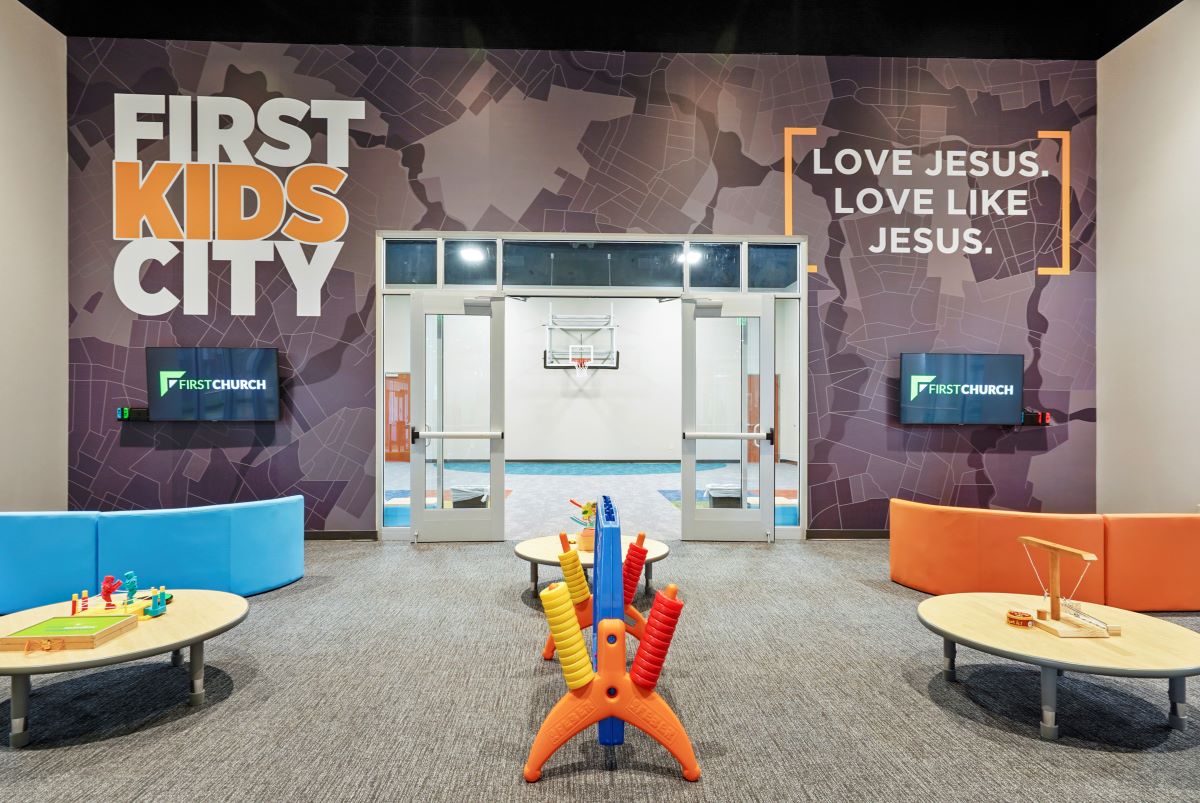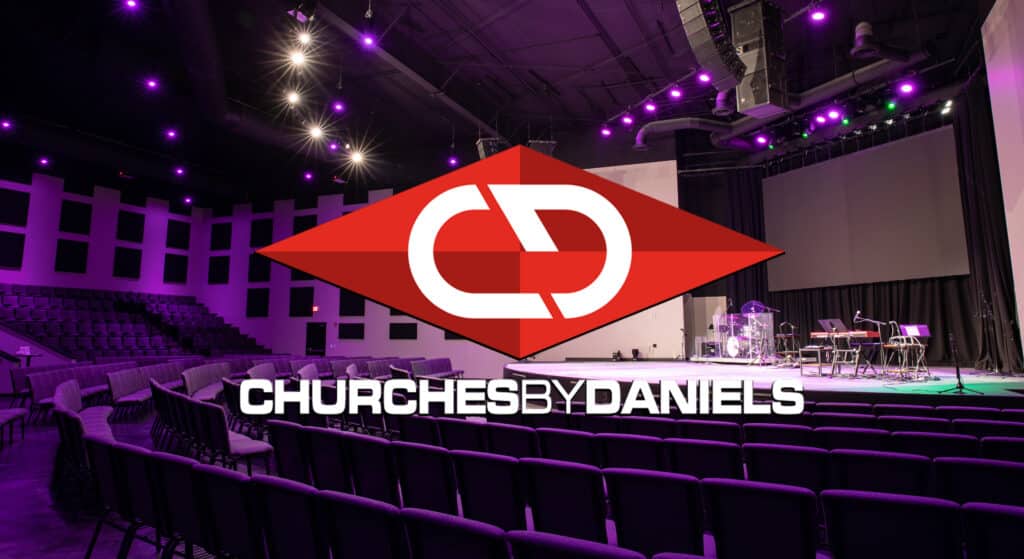Constraints don’t have to limit vision, they can unleash creativity.
Most churches are excited and full of vision, so they engage an architect and start designing their dreams and desires. They take those dream concepts and renderings and show their congregation. Now everyone is excited!
Then they pay to fully develop a set of construction drawings based on those concepts. Everyone is giving toward a campaign to fund this great work, and a few months later the drawings are given to a contractor… and reality crashes down like a ton of bricks.
The project is millions more than they have available from campaign and loan. Now, everyone is disappointed, leadership has lost leadership equity, and the campaign funding slows or grinds to a halt.
Far too often we are contacted by a church who is reeling from this scenario. How do we fix this problem? How do we avoid letting churches put themselves in this position?
We start with the budget
We must first determine what a church can afford. There are some simple steps to help determine a realistic range of what is affordable for any congregation. And there are a few basic sources for funding.
- Cash on hand or cash that can be set aside from budget funds during the process of design and construction
- Cash raised during a stewardship campaign
- Borrowed funds
- Sale of assets
Once you know the range of what you can afford, the next question to ask is, “What’s it going to cost?” It is one thing to know you have X dollars to spend, but while you’re designing, who is helping you determine a real cost of the project while it’s still a concept?
This is one of the hardest, and most necessary, conversations at the beginning of any project. Unfortunately, it can also be one of the most misleading conversations if you don’t have the right partner beside you at the table.
The budget trap
A truthful partner will help you avoid one of the greatest traps in construction, the “cost per square foot” estimate. I see so many pastors get caught in this myth, and it’s incredibly misleading. There are so many ways that a $5 million project can be broken down. You can get bids from $100 a square foot to $300 a square foot, but when it’s all said and done, you’re still going to pay $5 million for the completed project.
Funny how that works out, huh?
It’s a trap, and you need someone who will speak truth to you and guide you through the entire process—not just designing and building. Having a truthful, ministry minded partner will help you raise funds more effectively, have more successful stewardship campaigns, negotiate terms with lending institutions, and cast vision more accurately to your congregation throughout the entire process.
Let’s look at two of the major reasons that “cost per square foot” should be examined more closely.
Details, Details, Details
If you are reviewing cost-per-square-foot bids, you must understand every single detail that’s included, so you can compare apples to apples.
One company may include inexpensive light fixtures, inexpensive plumbing fixtures, a very small budget for audio/video/lighting systems, and grades of finishes might be drastically different in quality. What about “little” things like trash cans, furniture, toilet paper holders, and classroom televisions? In a worst-case scenario, many items might be left out of the cost per square foot estimate, such as seats in the sanctuary, permit fees, design fees, and the list goes on and on.
What’s the solution? A well-defined scope, a partner who fully understands real and current construction costs, and a partner who understands your ministry and cultural expectations. This is never a one-size-fits-all process. There are many builders out there who are eager to provide a low cost-per-square-foot number to get you engaged only to later explain what was not included in their original
Cutting Corners
It’s too easy of a decision when your budget is tight to save a few dollars to make the budget work in the short term. But, if you do not carefully consider the potential long-term impact to both your facility and ongoing budget, you will likely end up spending exponentially more over the next few years.
Examples might be saving $.50 per square foot by not adding the right insulation package or cutting the HVAC budget by installing low-cost or under capacity systems. If that impacts your energy costs by adding 18 percent per year, you could spend twice that cost savings in less than seven years. (Not to mention the costs of having rooms that are always too hot or too cold.) Sometimes what seems like a great saving on the front end turns out to be a huge headache in the long-term.
The right partner should provide options, potential savings, and also the long-term trade-off costs from various construction shortcuts. Longevity and the function of your site and building are items you do not want to sacrifice for short-term savings.
Rodney C. James is the founder and president of Master’s Plan Church Design & Construction, www.MPChurchdesignbuild.com. With over 20 years of pastoral experience and with hundreds of successful construction projects delivered on vision and on budget, Rodney and his team help pastors and churches across the nation design, renovate, expand, and build ministry facilities. This article is adapted from Rodney’s new book, The Master’s Plan for Church Design & Construction.











